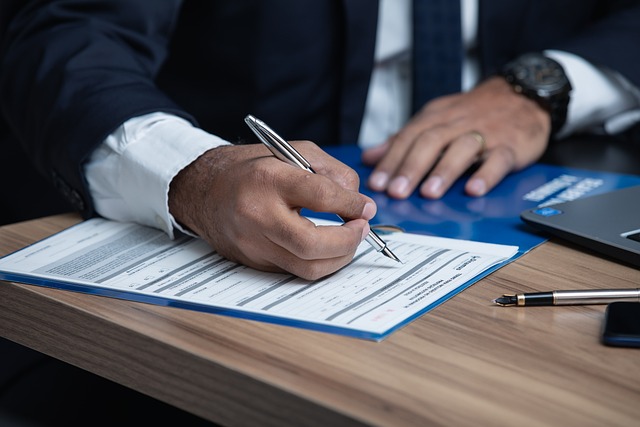How to Apply for a Work Visa in the United States
For individuals seeking employment opportunities in the United States, obtaining a work visa is often a crucial step in the process. The U.S. offers several types of work visas, each designed for specific purposes and categories of workers. Whether you’re a skilled professional, seasonal worker, or entrepreneur, navigating the application process can be complex. To help you understand the steps involved, here’s a guide on how to apply for a work visa in american.
Determine Your Visa Eligibility
The first step in applying for a work visa is determining your eligibility based on your occupation, skills, and intended duration of stay in the United States. Common types of work visas include the H-1B visa for specialty occupations, the L-1 visa for intracompany transferees, the O visa for individuals with extraordinary ability or achievement, and the E visa for treaty traders and investors, among others. Research the requirements and eligibility criteria for the specific visa category that best fits your circumstances.
Obtain a Job Offer from a U.S. Employer
In most cases, you’ll need a job offer from a U.S. employer to apply for a work visa American. The employer will need to demonstrate that there are no qualified U.S. workers available to fill the position and that hiring a foreign worker will not adversely affect wages and working conditions for U.S. workers. Once you’ve secured a job offer, your employer may need to obtain certain certifications or approvals from government agencies before proceeding with the visa application.
File the Visa Petition
In many cases, your prospective employer will need to file a petition on your behalf with U.S. Citizenship and Immigration Services (USCIS). The petition serves as a formal request for permission to employ you in the United States and includes detailed information about your job offer, qualifications, and other relevant details. USCIS will review the petition and determine whether to approve it based on the requirements of the visa category.
Complete the Visa Application Form
Once the visa petition is approved, you’ll need to complete the appropriate visa application form issued by the U.S. Department of State. The specific form will depend on the type of work visa you’re applying for. Common visa application forms include the DS-160 for nonimmigrant visas and the DS-260 for immigrant visas. Provide accurate and truthful information on the application form, as any inaccuracies or omissions could lead to delays or denial of your visa application.
Schedule and Attend a Visa Interview
After completing the visa application form, you’ll need to schedule a visa interview at the U.S. embassy or consulate in your home country. Visa interviews are conducted to assess your eligibility for the visa and determine your intentions for traveling to the United States. Be prepared to answer questions about your background, qualifications, and intended employment in the U.S. Bring all required documentation to the interview, including your passport, visa application confirmation, and any supporting documents requested by the embassy or consulate.
Pay the Visa Application Fee
Before attending the visa interview, you’ll need to pay the nonrefundable visa application fee. The fee amount varies depending on the type of visa you’re applying for and is payable online through the designated payment portal. Be sure to retain proof of payment, as you may need to present it at the time of your visa interview.
Final Words
Applying for a work visa in the United States requires careful planning, documentation, and adherence to the visa application process outlined by U.S. immigration authorities. By understanding the steps involved and meeting all requirements, you can increase your chances of a successful visa application and pursue employment opportunities in the United States. Whether you’re a skilled professional, seasonal worker, or entrepreneur, obtaining a work visa opens doors to new possibilities and experiences in one of the world’s most dynamic and diverse countries.

